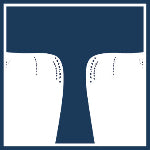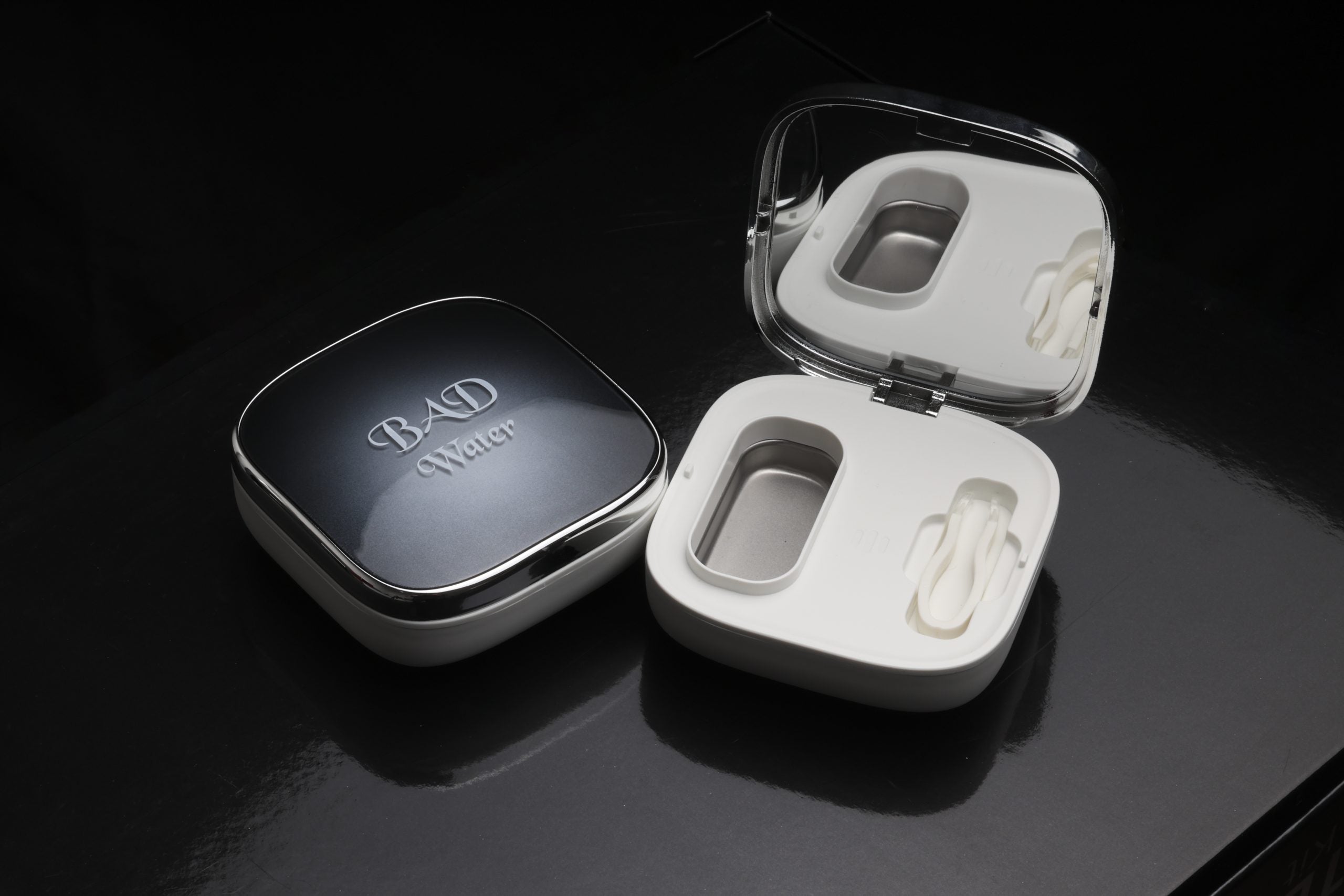Important features, including an inbuilt timer and a rechargeable battery with a magnetic USB charging cable are what makes this device so special. The former preventing crystal damage and allowing predictable cleaning while the latter permitting portability and universal use. With that being said, an important note is that the charger is not included but rather must be plugged into a PC etc. Additionally, reading the IFU and charging is crucial before first use (with weekly recharging).
Here is an example of the implementation process of the BAD protocol when prepping eMax for bonding:
Step 1: Following a try-in, saliva must be cleaned with phosphoric acid to avoid contamination.
Step 2: Rinse phosphoric acid and dry.
Step 3: Once dry, hydrofluoric acid (HFA) is applied.
the recommended etching times for this step are as follows:
- 20 seconds if using 5% HFA
- 60 seconds if using 10% HFA
Step 6: Add distilled water to the BAD water apparatus.
Step 7: Place eMax in BAD water and long press to turn it on.
Step 8: Ultrasonic waves will clean the phosphoric acid contamination, causing the salt to form a precipitate.
Step 9: A timer will shut off the unit in order to prevent crystal damage.
Step 10: Let it air dry and the result will be a spotless ceramic!.
Step 11: Apply a thin layer of silane and heat or wait for natural evaporation
Step 12: (this step is optional) Apply bottle to adhesive – if using heated composite luting, place composite on intaglio.
As demonstrated, BAD water is a highly effective tool that will expedite the cleaning process of your ceramics. Tashmed proudly offers this device developed by Dr. Bill Gergis and hopes you will add it to your instrument kit.

